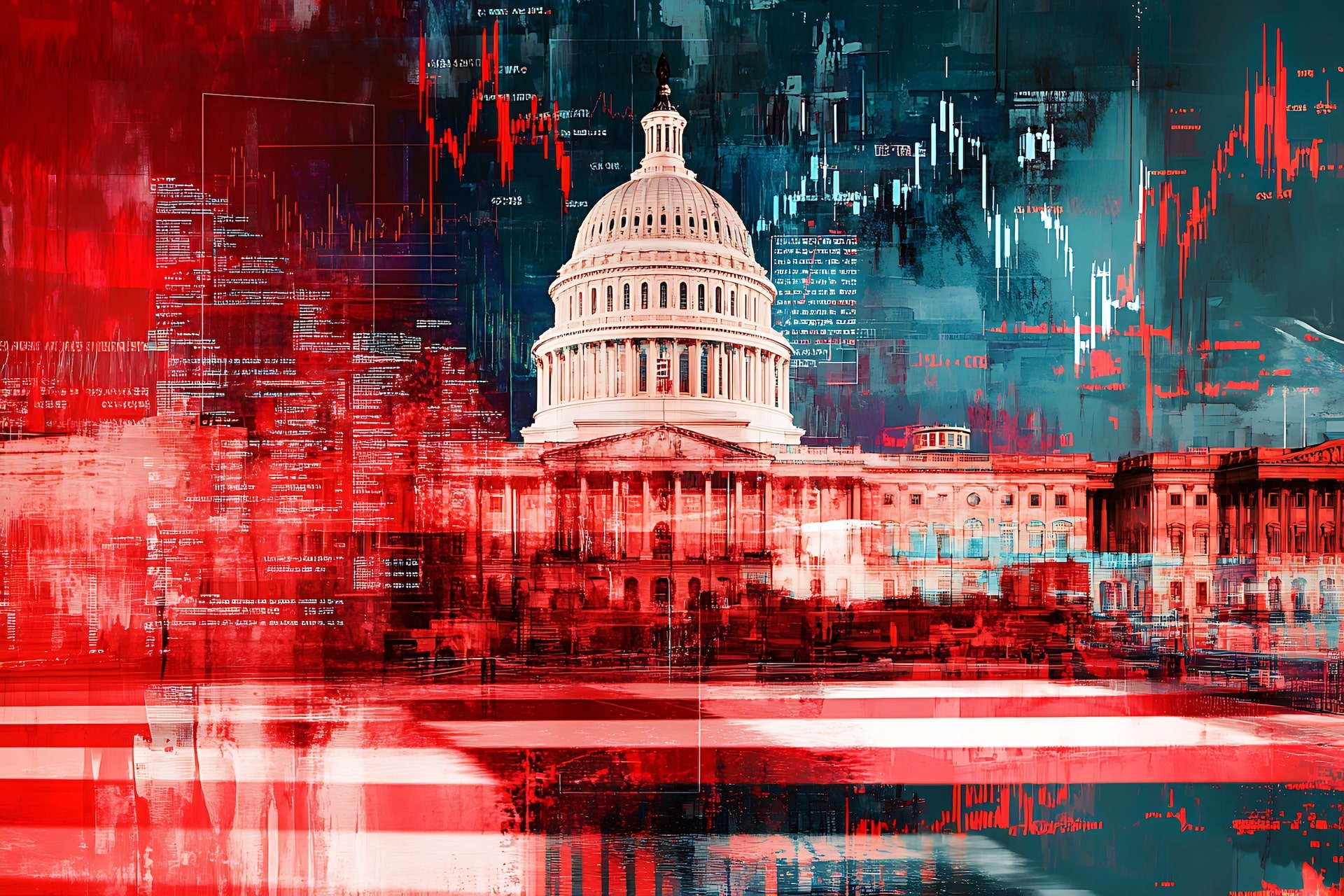Credit Sesame’s personal finance weekly news roundup October 28, 2023. Stories, news, politics and events impacting the personal finance sector during the last week.
- GDP soared in third quarter of 2023
- Report shows customer service flaws with student loans
- Bond yields surge in reaction to inflation concerns
- Credit card costs reached record levels in 2022
- Pending home sales remain sluggish despite slight uptick
- Mobile apps most popular means of banking in the United States
- Mortgage rates post seventh consecutive weekly increase
GDP soared in third quarter of 2023
The US Gross Domestic Product (GDP) grew at an inflation-adjusted annual rate of 4.9% in the third quarter of 2023. That’s more than twice the second quarter rate of 2.1%. The 4.9% growth rate was the strongest since the final quarter 2021. There are a couple of cautions that accompany this growth. First of all, the acceleration in GDP came even though disposable personal income shrunk in the third quarter after adjustment for inflation. This suggests that the pace of consumer spending is not sustainable. Second, the strong showing for GDP virtually clinches another rate hike in 2023, possibly as soon as the Fed’s upcoming meeting, which concludes on November 1. This week’s GDP release was an advance estimate. Advance estimates can vary significantly, up or down, from the two subsequent revisions issued by the Bureau of Economic Analysis. See news release at BEA.gov.
2. Report shows customer service flaws with student loans
An annual report on student loan servicing complaints from the Consumer Financial Protection Bureau found that borrowers have to deal with various customer service shortcomings. Borrowers faced inconveniences such as long hold times for phone inquiries and slow processing of applications. Worse, there were many complaints about errors by loan processors. These include mistakes about payment amounts and histories, interest accrual, credit reporting and refunds. Student loan servicers also inaccurately processed applications for loan forgiveness programs. One in four complaints about student loans involved private loans, much more than the proportion of private loans relative to government loans. Notably, the number of complaints was up compared to the prior year, even though the reporting period (9/1/2022 – 8/31/2023) was before the resumption of payments on federal student loans. See report at ConsumerFinance.gov.
3. Bond yields surge in reaction to inflation concerns
10-year Treasury yields briefly reached the 5% mark last week, the highest level since 2007. Bond yields rise when investors sour on bonds. Inflation concerns, fueled by the conflict in the Middle East and the economy’s continued strength, are one factor causing investors to dump bonds. The disarray in Washington over dealing with the Federal budget also leads to concerns about the creditworthiness of Treasury bonds, especially over longer terms. See article at CNBC.com.
4. Credit card costs reached record levels in 2022
A new report from the Consumer Financial Protection Bureau states that credit cards cost American consumers a record $130 billion in interest and fees last year. This cost breaks down to $105 billion in interest charges and $25 billion in fees. The high interest figure isn’t that surprising because credit card debt has surged to new highs, and inflation has pushed interest rates higher as well. One set of stats demonstrated the value of paying balances off every month: consumers who carried debt from month to month paid 94% of the total interest and fees charged on credit cards while earning just 27% of the rewards; consumers who paid their balances off in full paid 6% of the interest and fees while earning 73% of the rewards. See news release at ConsumerFinance.gov.
5. Pending home sales remain sluggish despite slight uptick
Pending transactions for home sales increased by 1.1% in September. However, even with that slight pickup, they remain down by 11% year-over-year. The Northeast, Midwest and South gained ground in September, while the West declined. All four regions show a decline in volume over the past year. See news release at NAR.Realtor.
6. Mobile apps most popular means of banking in the United States
A poll of bank customers cited mobile apps as their most frequent means of managing their bank accounts. Mobile apps are the preferred banking means of 48% of poll respondents. This was followed by online banking via PC or laptop at 23%, branch visits (9%), ATMs (8%) and telephone banking (5%). Baby boomers differed from younger customers in that they were more likely to bank online via a PC or laptop than use a mobile app by a margin of 39% to 31%. Boomers were also the most likely to visit a branch, with 16% still preferring in-person banking. See news release at ABA.com.
7. Mortgage rates post seventh consecutive weekly increase
30-year mortgage rates rose again last week for the seventh week in a row. Last week’s increase was 0.16%, raising 30-year rates to 7.79%. That’s the highest they’ve been since November of 2000. In all, 30-year rates have risen by 0.67% during their seven-week climb and 1.37% since the year began. 15-year rates also rose last week to exceed 7% for the first time since December of 2000. See rate details at Freddie Mac.com.




















